It wouldn’t be wrong to say that software is the brain of a computer. It interprets, directs, and executes the commands given to a computer by its user. So, what is Open Source Software?
The basic and the most important software type is the system software. It provides a platform for all the other software to work in.
Over time, technologists have invented various software, all intended to make computers and their applications user-friendly.
Apart from that, there’s application, driver, and programming software. Software can either have an open source or a closed source.
Open Source Software definition
Now imagine a world where software isn’t locked away in a vault but shared openly. That’s the essence of open-source software (OSS): a code that anyone can utilize and improvise!
At its core, OSS is computer software that legally grants its users the liberty to operate, edit, transform, and openly share the software and its source code with others.
An open-source software can be used for any legitimate purpose. There will be no more restrictive EULAs limiting what you can do with the software.
What makes the OSS a distinguished software is the ability of its users to use and study its source code. This transparency fosters understanding, innovation, and community-focused development.
Like its name, the open source computer software is open to modification and upgrades. Want to add a feature or fix a bug? Go for it!
The finishing touch of this software is the license to share it with others with or without modification. So don’t think twice before sharing this wonderful tech prize!
But why is software open source software such a big deal?
- It’s free: No hefty price tags or licensing fees here. Open-source software is often free to use, modify, and distribute. This feature makes it accessible to everyone, from individuals to large organizations.
- Promotes & encourages community effort: Open source projects thrive on collaboration. Developers from all over the world are allowed to contribute to the further development of the OSS. This leads to faster innovation, better software, and collaborative participation.
- It’s adaptable: Need software that fits your specific needs like a glove? Open source lets you customize it to your heart’s content, making it incredibly versatile.
- It’s reliable: With a large community constantly scrutinizing and improving the code, open source software is surprisingly stable and secure.
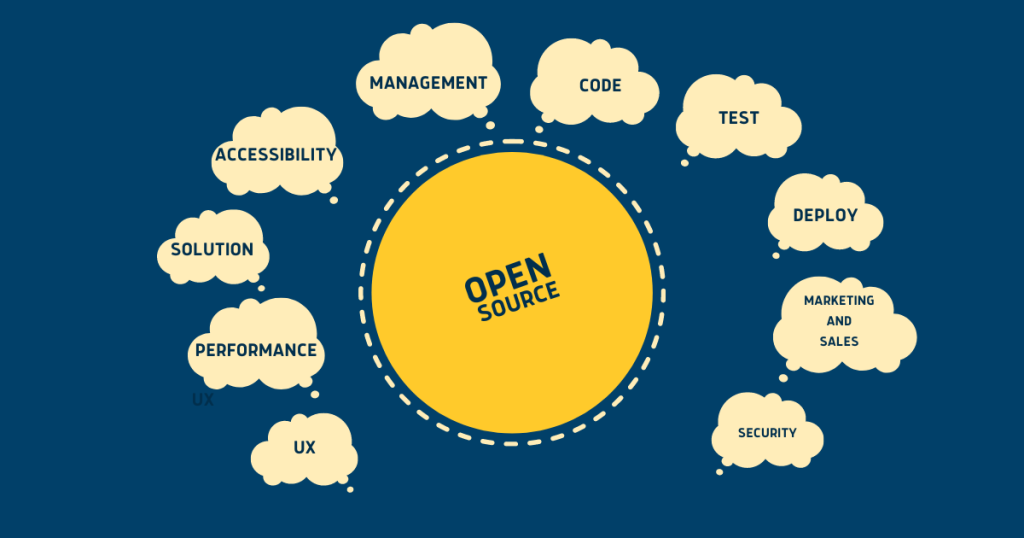
Open source isn’t just about software anymore. It’s a philosophy, a way of thinking that emphasizes transparency, collaboration, and transformation.
The cherry on the top is the approval of the entire tech world! (Even Microsoft loves Linux– Hard to believe, right?)
From operating systems like Linux to web browsers like Firefox, open-source software is powering some of the most popular and important technologies nowadays.
So, next time you use any software, ask yourself: is it open source? Because if it is, you’re not just using a program, you are becoming part of a vibrant community that is providing the building blocks for a far more advanced technological system.
Impact of Open Source Software
The impact of OSS extends far beyond niche communities. Today, it’s a driving force in the tech world, powering:
- Operating Systems: From Linux to Android, open-source software is ubiquitous and versatile.
- Web Technologies: The backbone of the internet, including Apache web server and PHP scripting language, is open source.
- Software Development Tools: Git for version control, GitHub for code hosting, and countless libraries and frameworks – all open source!
- Scientific Computing: Powerful tools like R for statistical analysis and Blender for 3D animation are open source, democratizing access to scientific computing.
Difference between Open Source & other software
The main difference between open source software and other software is that the source code of various software can only be seen, managed, or edited by the person or team who created it.
This kind of software is known as “proprietary” or “closed source” software. Unlike open-source software, only the creator of the proprietary software can copy, modify, or upgrade it.
When it comes to using closed-source software, users are often asked to sign a computerized license. The license urges the users not to make any changes to it that are not openly allowed by the software’s author.
Furthermore, proprietary software is never free of cost. The charges are not fixed and are based on the magnitude of the software.
Microsoft Office and Adobe Photoshop are examples of proprietary software.
A sub-type of proprietary software is “freeware.” The only difference between freeware and proprietary software is the exclusion of charges. The public can use freeware without paying any additional charges.
You may be thinking that aren’t freeware and OSS the same thing since they are both free? Unfortunately, that’s not the case. Unlike open-source software, you may or may not be able to use freeware in the software you are creating because freeware is copyrighted and cannot be modified or distributed.
Examples of freeware include Adobe PDF and Skype.
An open source software is different in terms that its source code is publicly accessible and can be viewed, edited, copied, and shared by anyone. LibreOffice, the GNU Image Manipulation Program, Mozilla Firefox, WordPress, Nginx, and VLC media player are open source software examples.
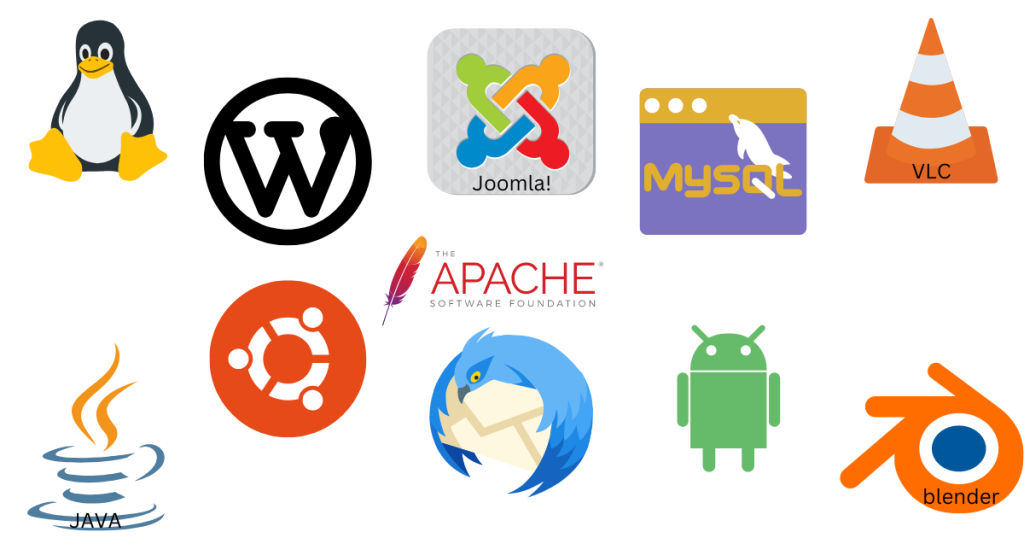
Moreover, unlike proprietary software, OSS promotes public collaboration on a worldwide level. Users/programmers/developers can all pitch in their ideas and contribute to the modification of the software.
Moving forward let’s take a look at the history of open-source software.
The history of Open Source Software
The idea of free software first popped up in the mind of Richard Stallman in the year 1983. Stallman was a programmer at the prestigious MIT who believed that software should be open to all so that the public can modify it according to their needs.
Moreover, Stallman wanted the public to learn, understand, and improve existing software so he started releasing free code under his license, called the GNU Public License.
Eventually, this new take on software caught everyone’s attention and led to the creation of the ‘Open Source Initiative’ in 1998.
How does the Open Source Software work?
Although OSS is free to use, modify, and share, it still comes with a distribution license that guides the developers regarding the use, modification, viewing, and distribution of the software.
When source code is changed, OSS must include what was altered as well as the methods involved. Depending upon the license terms, the upgraded software may or may not be available for free.
Is OSS free from bugs?
The straight answer to this question is no. With multiple parties making changes to the source code, problems like the inclusion of bugs are bound to come up.
However, the contribution of a variety of developers and programmers could also mean that the bugs are identified and fixed faster than a bolt of lightning.
How to make Open-Source Computer Software safe?
The first step in making OSS safe is to thoroughly understand its source code. Without knowing what the source code holds, the software can not be managed or made safe to use.
The following steps can be taken to mitigate this problem:
- To learn about the condition of open source risks and vulnerabilities, study the yearly “Open Source Security and Risk Analysis” (OSSRA) report.
- Look into open source risk management consultancy businesses that can offer advice and resources for recognizing and managing open source risks inside your own company.
- Read blogs and attend seminars that provide in-depth advice and best practices for handling open source risk.
- To stay in compliance with open source licensing and to assist you in identifying and fixing problems, think about putting automated solutions for open source management and security into place.
What are the pros and cons of OSS?
The following are the pros of the open source software:
- OSS is free, reliable, and stable.
- It allows developers to study and modify its source code.
- Can be customized according to an individual or organization’s needs.
- A built-in community continuously works to improve and enhance the OSS.
- No restrictions and direct access to the source code serve as a great learning opportunity for new programmers.
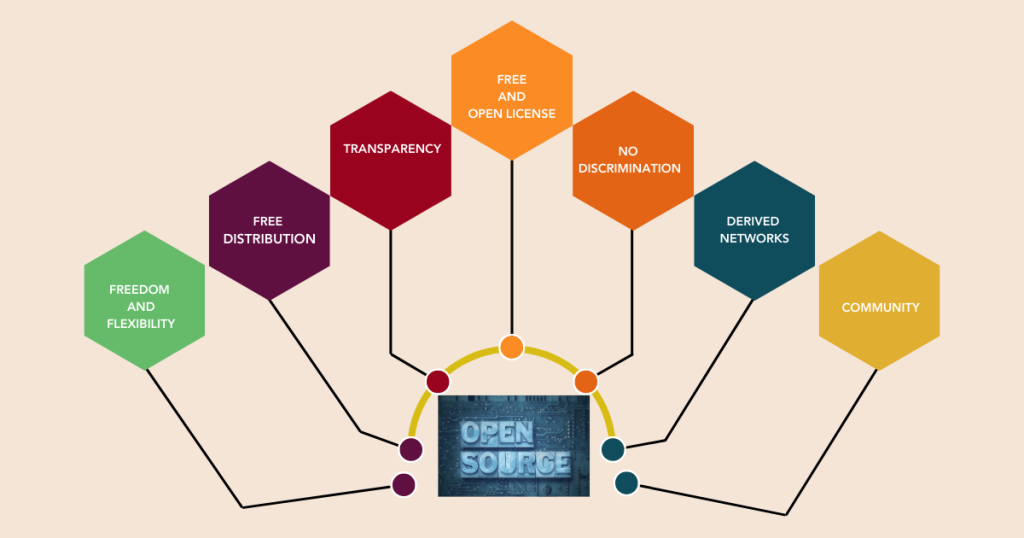
The cons of the open source computer software are:
- In comparison to closed-source software, open source is less user-friendly. Some people may find it difficult to set it up.
- OSS comes without any warranty or liability.
- Open source can incur unexpected costs.
Beyond Programmers: Who benefits from Open Source Software?
Contrary to popular belief, open source technology and thinking are also beneficial to people who do not belong to the world of programming.
OSS is like a one-size-fits-all piece of clothing. It can be customized according to an individual’s as well as an organization’s needs and preferences.
When a person goes to a web browser, listens to music, plays video games, or chats with a friend on messaging apps, their phone/computer automatically connects to a global network of computers all of which use open source software. Through this network and software, their data is processed and then transmitted back to their local devices.
Moreover, both large and small-scale businesses benefit from OSS as it is cost-effective and provides easy access to a world full of talented developers and programmers.
Apart from business, educational institutions and the society we live in also profusely benefit from open source computer software as it fosters innovation, joint collaborative effort, technological advancement, and a great deal of transparency.
More than just free: Demystifying the “Open” in Open Source
Anyone who has inadequate knowledge about technology must believe that the word ‘open’ in open-source software denotes the free-of-cost aspect of this software. Well, that’s not entirely accurate!
Open source software is more than just free software. It offers free access to any and everyone who would like to use, modify, or customize it.
Furthermore, the transparent nature of this software ensures security and promotes communal contribution.
Open Source beyond software
While open source technology may be limited to computers and devices, the open source way of thinking has scope and application beyond that.
This software encourages educational and scientific advancements as a result of its transparent methods and limitless sharing. Moreover, it also helps in designing and manufacturing hardware with accessible schematics.
Challenges of Open Source Software
Unlike proprietary software, it can be harder to ensure and maintain the quality and security of OSS. This is because there is no main party in charge of running or maintaining the software, uncountable number of people are upgrading the software as per their needs.
Additionally, maintaining and updating open source projects can be challenging without proper funding models. This can become a hurdle in the sustainability of these projects.
Last but not least, varying development approaches can make open-source software less compatible with other types of software.
The future of Open Source Software
Regarding open-source software, the CEO of Scarf, Avi Press said, “Open source is going to continue to take over every domain that proprietary software touches. We’ll see more (successful) open source software (OSS) alternatives to existing tools we all rely on, plus we’ll see more communities expand as businesses and governments continue to increase their investment in an open source software strategy.”
He added that not only companies but, in the future, different governments will also collaborate to create internationally common and free software for all to use. That is how quickly the OSS is expanding.
Conclusion
Undoubtedly, open-source software is a marvel of technology. It has taken web browsing, online applications, and programming to another level. This software’s popularity is increasing not only in the areas of technology but in the world of science and education as well.
With every passing day, computer users are becoming more fond of the OSS, and more and more developers are pouring in their contributions to further take it up a notch.
At this pace, the future of open source software seems very bright, and sooner or later, the open source thinking will become a mantra to live by.

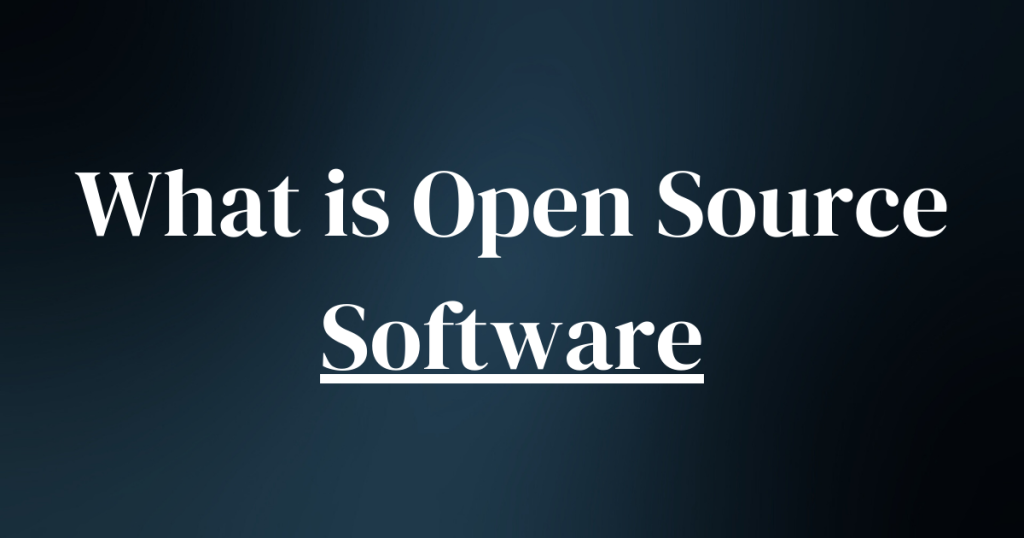
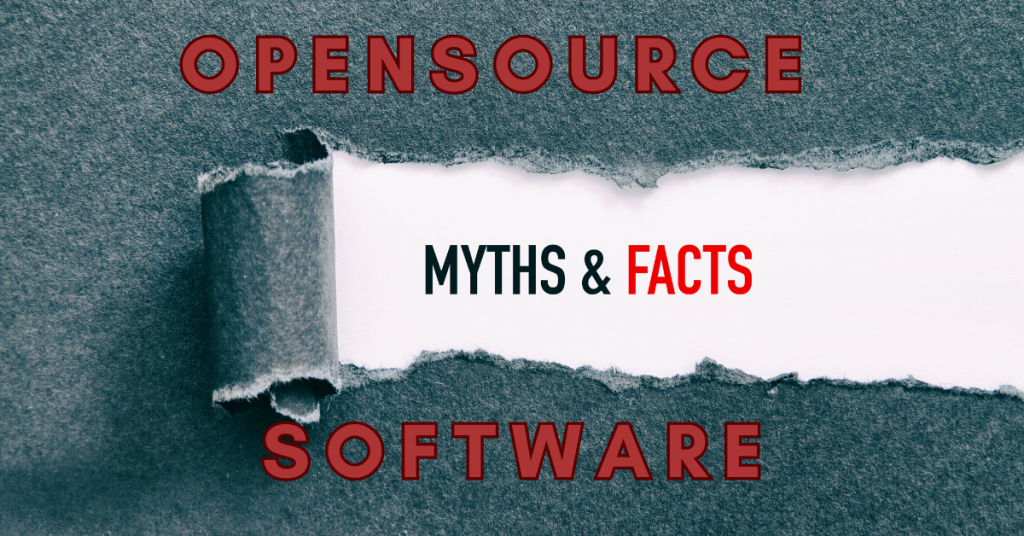
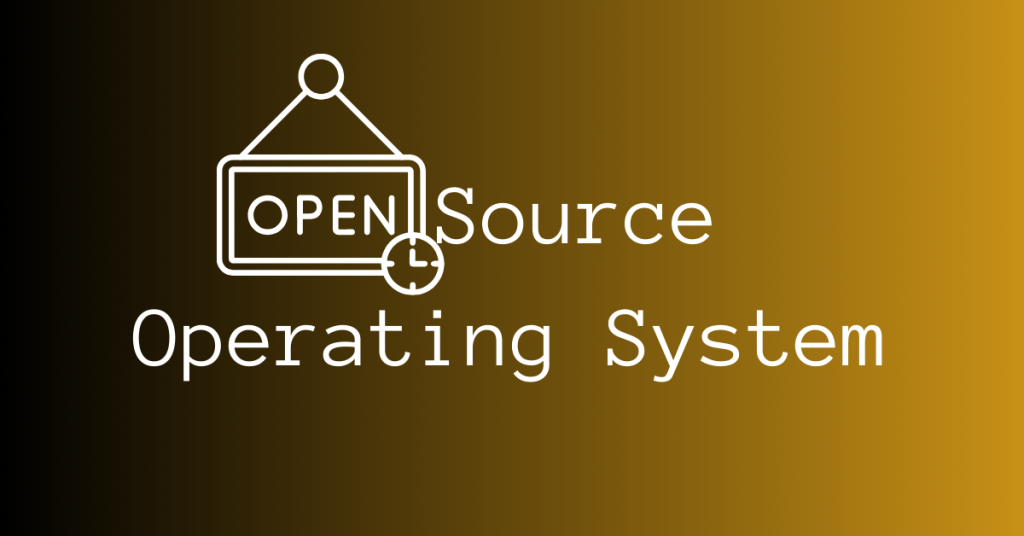
Pingback: How To Reboot Linux Through Graphical User Interface & Command Line